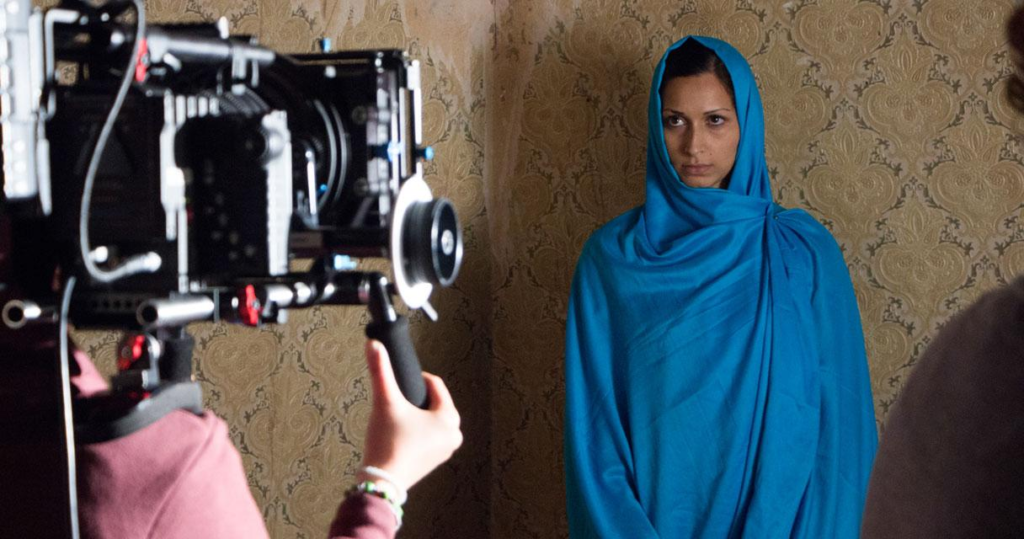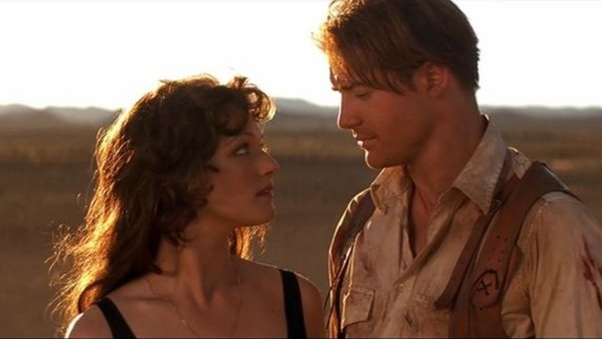A film analysis essay is a captivating way to delve into the world of cinema and explore the intricate layers of a movie’s storytelling, cinematography, acting, and thematic elements. Whether you’re a film student or simply a movie enthusiast, this guide will walk you through the process of crafting a compelling film analysis essay that goes beyond summarizing the plot. Let’s dive into the art of dissecting movies on paper.
Part 1: Preparing for Your Film Analysis
Choose the Right Film
Selecting the right film is crucial because it sets the foundation for your analysis. Here’s more on how to choose the right film:
– Personal Interest: Consider your interests and preferences. A film that genuinely captivates you is likely to inspire a more engaging analysis.
– Relevance: If you’re writing the analysis for a course or assignment, ensure that the film aligns with the assigned topic or theme.
– Availability of Source Material: Make sure you have access to the film, as well as any additional resources, such as critical essays or behind-the-scenes information.

Watch the Film Multiple Times
Watching the film multiple times allows you to delve deeper into its nuances. During the first viewing, focus on your initial reactions and the general plot. During the second viewing, pay attention to specific details, like character expressions, camera angles, and symbolism.

Gather Information
Gathering information about the film and its production helps you provide context for your analysis. For instance:
– Director and Crew: Research the director’s previous works, style, and influences. You can also explore the cinematographer’s role in shaping the film’s visual aesthetics.
– Release Date and Genre: Understanding the film’s release date and genre can offer insights into its cultural and historical context.
– Awards and Critical Reception: Note any awards the film has won or its critical reception. This can help you gauge its significance in the cinematic world.

Part 2: Analyzing the Film
Break Down the Plot
While you shouldn’t retell the entire story, focus on the main plot points and characters. Explain how these elements contribute to the overall narrative structure and thematic development.

Examine Cinematography
Delve deeper into the film’s visual aspects:
– Camera Angles and Movements: Discuss how the choice of camera angles (e.g., low-angle, high-angle) and camera movements (e.g., tracking shots, zooms) influences the viewer’s perception.
– Lighting and Color Schemes: Analyze the use of light and color to convey mood or symbolism. For instance, a film might use warm colors to create a sense of nostalgia or cool colors to evoke a feeling of detachment.
– Framing and Composition: Consider how the placement of characters and objects within the frame contributes to the storytelling. A crowded frame might signify chaos, while a minimalist one can convey isolation.

Analyze Sound and Music
Sound and music are powerful tools in filmmaking:
– Soundtrack: Discuss the soundtrack’s role in creating emotional impact. Is there a particular musical theme associated with certain characters or situations? How does the music heighten tension or evoke emotions?
– Sound Effects: Highlight any notable sound effects and their significance. For example, the sound of footsteps approaching can create suspense or anticipation.
– Dialogue: Analyze the quality of the dialogue. Are there memorable lines or monologues that reveal character traits or advance the plot?

Character Development
Explore the characters’ development throughout the film:
– Character Arcs: Discuss how characters change or evolve throughout the story. Are their actions consistent with their motivations and development?
– Motivations and Relationships: Analyze the characters’ motivations and the dynamics of their relationships. How do these factors contribute to the central themes or conflicts?

Themes and Motifs
Identify and delve into the film’s recurring themes and motifs. These can be visual, symbolic, or thematic elements that carry meaning throughout the narrative. Here are some examples:
– Symbolism: If a film uses recurring symbols (e.g., a recurring color, an object), explain their significance. For instance, the green light in “The Great Gatsby” symbolizes the American Dream.
– Social Commentary: Some films address social or political issues. Analyze how these issues are portrayed and whether the film offers commentary or critique.

Narrative Structure
Examine the film’s narrative structure and its impact on the viewer’s experience:
– Linear vs. Non-Linear: Determine whether the film follows a linear narrative or employs non-linear storytelling through flashbacks or parallel storylines. Discuss how this choice affects the audience’s engagement with the plot.
Part 3: Writing the Film Analysis Essay
Craft a Strong Thesis Statement
Your thesis statement is the backbone of your essay. It should present a clear and arguable interpretation of the film. For example:
“In ‘The Shawshank Redemption,’ the use of hope as a thematic and narrative device not only drives the story but also serves as a commentary on the resilience of the human spirit.”

Organize Your Essay
Structure your essay logically for a coherent flow:
– Introduction: Begin with an engaging hook, provide essential information about the film, and present your thesis statement.
– Body Paragraphs: Each paragraph should focus on a specific aspect of your analysis, such as cinematography, character development, or themes. Start each paragraph with a topic sentence and support it with evidence from the film.
– Conclusion: Summarize your main points, restate your thesis, and offer a final thought on the film’s significance.

Support Your Analysis with Evidence
Use specific examples from the film to support your arguments. Quote dialogue, describe scenes, and reference cinematographic techniques. For instance:
“The use of low-angle shots in the opening scene of ‘The Dark Knight’ not only emphasizes the imposing presence of the Joker but also foreshadows his role as the dominant antagonist throughout the film.”

Engage with Critical Theories
Consider incorporating film theory or critical perspectives to deepen your analysis. For example, you could apply feminist theory to discuss the representation of women in a film or auteur theory to analyze the director’s unique style and influence on the film.

Provide Context
Explaining the historical, cultural, or societal context that influenced the film’s creation adds depth to your analysis. For instance, if you’re analyzing a film set during the Great Depression, discuss how the economic and social climate of that era is reflected in the movie.

Revise and Proofread
After writing your essay, take the time to revise and proofread it carefully. Check for grammar, spelling, and clarity. Consider seeking feedback from peers or instructors to refine your analysis.

Part 4: Concluding Your Analysis
Summarize Your Points
In your conclusion, recap the key points of your analysis. Restate your thesis statement and emphasize its significance in understanding the film.
Reflect on the Film’s Impact
Discuss the film’s impact on you as a viewer and its broader significance. How has it influenced cinema or society? Has it changed your perspective on certain themes or storytelling techniques?
Recommendation
Conclude with a recommendation: Would you recommend this film to others, and why? Offer a summary of the film’s strengths and any potential drawbacks.

Part 5: Final Tips
– Seek Feedback: Before submitting your essay, have someone else review it for feedback and suggestions. Fresh eyes can catch errors or offer valuable insights.
– Proofread: Carefully proofread your essay to eliminate errors and improve clarity. Consistent formatting and proper citation are essential.
– Cite Sources: If you reference external sources, use the appropriate citation style (e.g., MLA, APA) to give credit to the authors and maintain academic integrity.
– Stay Objective: While it’s essential to express your opinion, maintain an objective and analytical tone in your analysis. Back your arguments with evidence from the film.
– Practice: The more film analyses you write, the better you’ll become at recognizing subtle details, making connections, and crafting compelling arguments.







